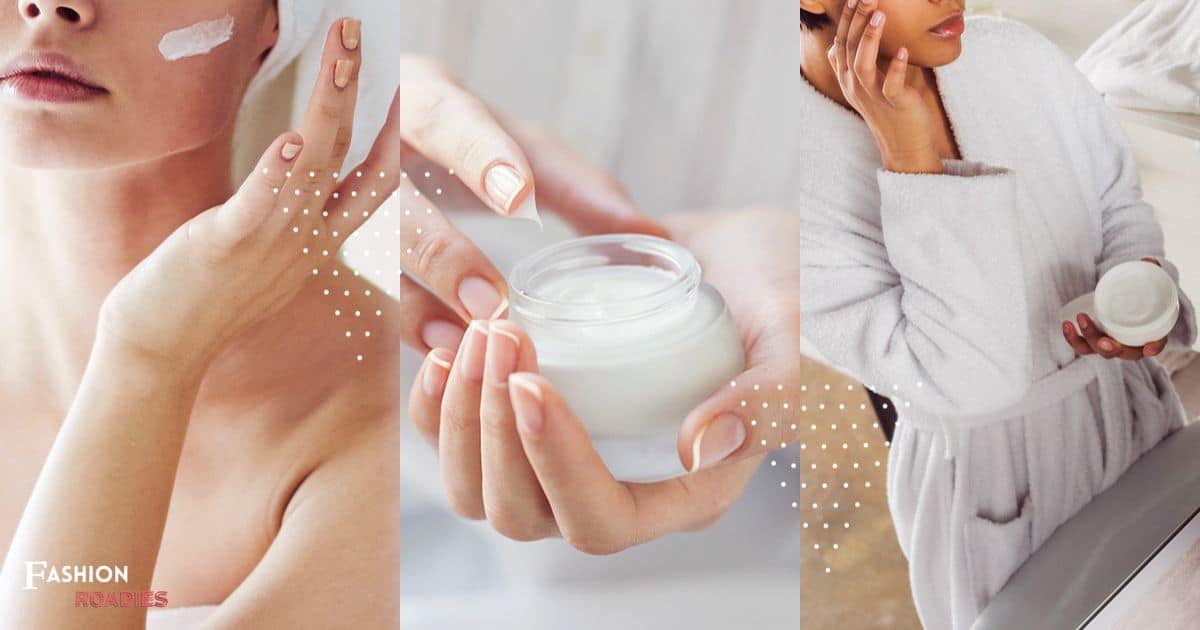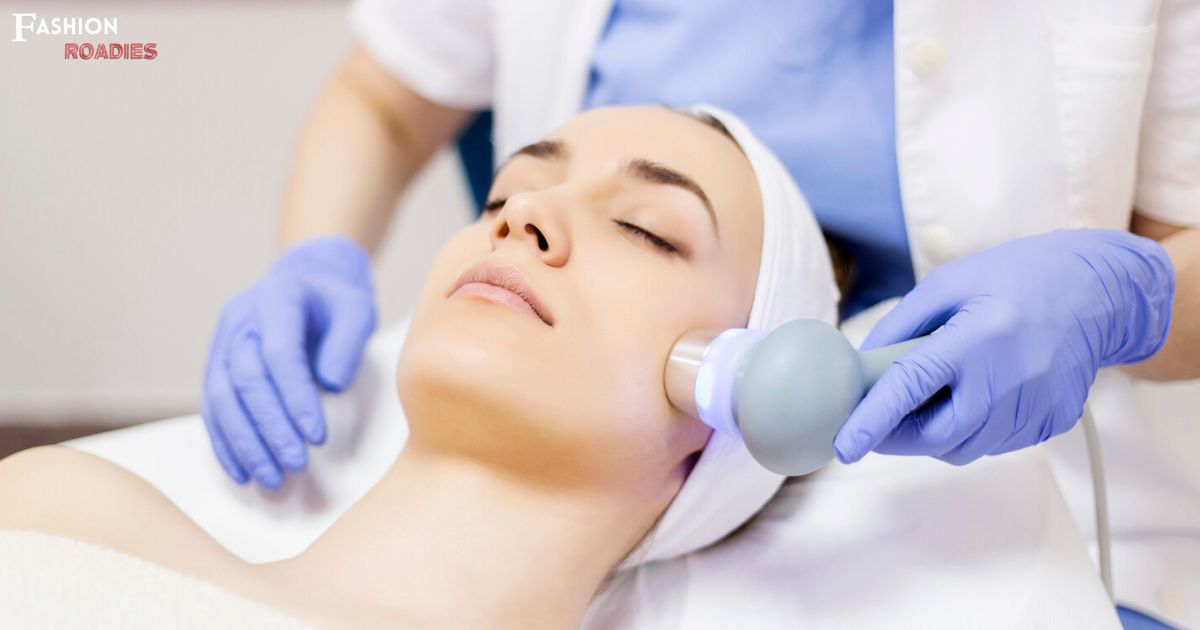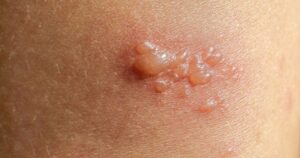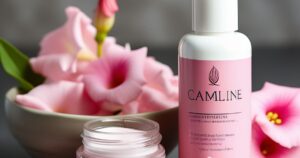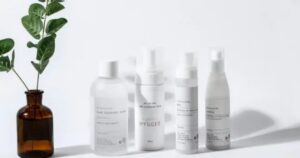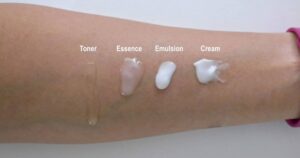In the intricate tapestry of a well-rounded skin care routine, spot treatment serves as a precise brushstroke, expertly targeting and addressing specific skin concerns. Like a skilled artist, knowing when to apply spot treatment can enhance its effectiveness, yielding clear and flawless results. This article delves into the optimal timing and techniques for incorporating spot treatment into your regimen, providing a step-by-step guide to maximize its potential and achieve the radiant complexion you desire.
Key Takeaways
- Apply spot treatment after cleansing and toning your skin.
- Avoid applying spot treatment after moisturizing to prevent hindered absorption.
- Use spot treatments sparingly and only on affected areas to avoid drying or irritating the surrounding skin.
- Apply spot treatment both in the morning and evening for better absorption.
The Best Time to Apply Spot Treatment in Your Skin care Routine
One of the key considerations in determining the efficacy of spot treatment is the optimal number of times to apply it during your skin care routine. Spot treatments are designed to target specific areas of concern, such as acne, blemishes, or dark spots. To maximize their effectiveness, it is crucial to apply them at the right time in your skin care routine. The best time to use spot treatment is after cleansing and toning your skin. This ensures that the treatment is applied to clean, prepped skin, allowing for better absorption and penetration of active ingredients. Applying spot treatment after moisturizing may create a barrier that hinders absorption. It is also important to note that spot treatments should be used sparingly and only on the affected areas to avoid drying out or irritating the surrounding skin.
Incorporating Spot Treatment: A Step-by-Step Guide
The step-by-step guide for incorporating spot treatment into your skin care routine includes understanding the optimal time and technique for applying the treatment to achieve the best results. Spot treatments are designed to target specific areas of concern, such as acne, blemishes, or dark spots. To begin, cleanse your face thoroughly using a gentle cleanser to remove any dirt or impurities. Next, apply a toner to balance the pH of your skin and prepare it for treatment. Once your skin is prepped, take a small amount of the spot treatment and apply it directly to the affected area using a clean fingertip or a cotton swab. Gently massage the treatment into the skin until fully absorbed. Finally, follow up with your regular moisturizer to hydrate and protect the skin. It is important to note that spot treatments should only be used as needed and not as a daily preventive measure, as they may cause dryness or irritation if overused.
Maximizing the Effectiveness of Spot Treatment in Your Routine
To optimize the efficacy of spot treatment in your skin care routine, it is crucial to implement strategic application techniques and adhere to a consistent regimen. Spot treatments are designed to target specific skincare concerns such as acne, blemishes, or dark spots. Here are four key points to consider when using spot treatment:
- Cleanse and prep the skin: Before applying spot treatment, cleanse your face thoroughly to remove any dirt or impurities. This allows the active ingredients in the treatment to penetrate the skin effectively.
- Apply a thin layer: It is essential to apply spot treatment sparingly. Using too much can lead to skin irritation or dryness.
- Follow the instructions: Different spot treatments have varying instructions for application. Read and follow the instructions carefully to ensure optimal results.
- Be patient: Spot treatment takes time to work. It is important to be consistent and patient with your routine to see visible improvements in your skin.
Spot Treatment: Finding the Optimal Application Timing
Applying spot treatment during the evening and morning, as opposed to just one time per day, allows for better absorption and more targeted treatment of skin concerns. While spot treatments are commonly used to address acne breakouts, they can also be effective for other skin issues such as hyperpigmentation or fine lines. By applying the treatment twice a day, the active ingredients have more time to penetrate the skin and work their magic. Additionally, applying the treatment in the morning can help protect the skin from environmental aggressors throughout the day, while evening application allows for maximum absorption during the skin’s natural repair process at night. It is important to note that consistency is key, as spot treatments need to be used regularly to see desired results.
When and How to Use Spot Treatment for Quick Results
In order to achieve quick results, it is recommended to use spot treatment twice daily, both in the morning and evening. Spot treatment is an effective method for targeting specific areas of concern on the skin, such as acne breakouts or dark spots. By applying spot treatment regularly, you can accelerate the healing process and reduce the appearance of blemishes. Here are four key reasons why incorporating spot treatment into your skin care routine is essential:
- Spot treatment delivers active ingredients directly to the problem area, maximizing their efficacy.
- It helps to minimize the risk of spreading bacteria and prevent further breakouts.
- Spot treatment can reduce inflammation and redness, promoting a more even complexion.
- By treating individual spots, you can address specific concerns without drying out the rest of your skin.
Spot treatment is a crucial step in achieving clear and flawless skin, as it targets and treats problem areas directly, ensuring quick and effective results.
Spot Treatment: A Key Step in Achieving Clear and Flawless Skin
Using spot treatment regularly can significantly improve the clarity and flawlessness of your skin. Spot treatment refers to the application of targeted products or ingredients to specific areas of concern, such as pimples, dark spots, or blemishes. By addressing these issues with precision, spot treatment can effectively minimize their appearance and promote a more uniform complexion.
When it comes to spot treatment, it is important to choose products that are tailored to your specific skin concerns. For acne-prone skin, ingredients like benzoyl peroxide or salicylic acid can help to reduce inflammation and kill bacteria. For dark spots or hyperpigmentation, ingredients like vitamin C or hydroquinone can help to lighten and brighten the affected areas.
In the next section, we will delve further into the topic of spot treatment and explore how it can address specific skin concerns with precision, providing targeted solutions for a variety of issues.
Spot Treatment: Addressing Specific Skin Concerns With Precision
Often overlooked, spot treatment is an essential step in any skin care routine as it allows for the precise targeting of specific skin concerns with effective solutions. While many people focus on their overall skin care routine, spot treatment offers a more targeted approach to address specific issues. Here are four reasons why spot treatment should not be neglected:
- Acne control: Spot treatments containing ingredients like benzoyl peroxide or salicylic acid can effectively reduce the size and redness of acne spots.
- Hyperpigmentation: Spot treatments with ingredients like vitamin C or kojic acid can help fade dark spots and even out skin tone.
- Anti-aging: Spot treatments with retinol or peptides can help diminish the appearance of fine lines and wrinkles in specific areas.
- Inflammation reduction: Spot treatments with soothing ingredients like aloe vera or chamomile can calm and reduce inflammation in targeted areas.
Frequently Asked Questions
Can Spot Treatment Be Used on All Skin Types?
Spot treatment can be used on all skin types, as it targets specific blemishes or concerns. However, it is important to choose a spot treatment that is suitable for your skin type to avoid any potential irritation or adverse reactions.
Can Spot Treatment Be Used in Conjunction With Other Acne Treatments?
Spot treatment can be used in conjunction with other acne treatments to enhance their effectiveness. However, it’s important to consult with a dermatologist to ensure compatibility and avoid potential interactions or adverse effects.
Are There Any Potential Side Effects or Risks Associated With Spot Treatment?
When using spot treatment in a skin care routine, it is important to consider any potential side effects or risks. It is recommended to consult with a dermatologist to ensure that the chosen treatment is suitable for your specific skin type and condition.
How Long Does It Typically Take to See Results From Spot Treatment?
Results from spot treatment vary depending on the individual and the specific treatment used. It may take anywhere from a few days to a few weeks to see noticeable improvements in the targeted area.
Can Spot Treatment Be Used as a Preventative Measure for Acne?
Spot treatment can be used as a preventative measure for acne. By targeting specific areas, it can help control breakouts before they fully develop. However, it is important to use it in conjunction with a comprehensive skin care routine for optimal results.
Conclusion
After understanding the best time to apply spot treatment in your skin care routine and incorporating it step-by-step, it becomes evident that spot treatment is a key step in achieving clear and flawless skin. By addressing specific skin concerns with precision and maximizing the effectiveness of spot treatment, quick results can be obtained. This optimal application timing allows for the treatment to target problem areas and provide a visual representation of improved skin.

